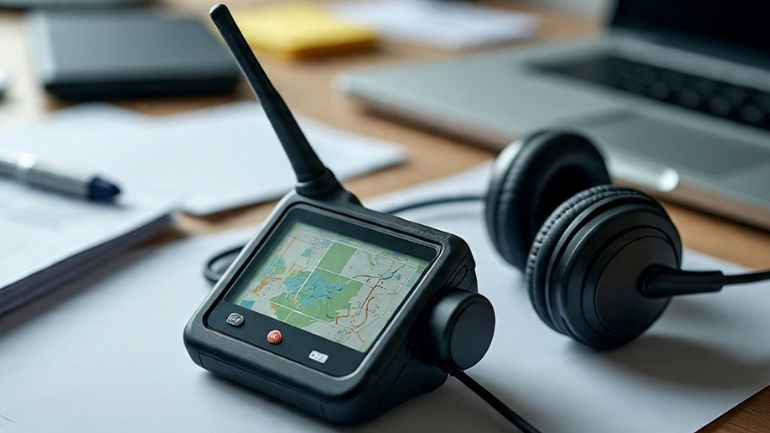Not your grandpa’s walkie-talkie anymore.
You hear “walkie-talkie” and probably think of plastic toys or military units shouting “Roger that” in the movies. Fair. That’s where the tech started—short-range, static-laced, line-of-sight radios.
But fast forward to today, and a new generation of walkie-talkies has emerged. Still push-to-talk. Still simple. But now they’re powered by cellular towers, and they’re quietly transforming how people stay connected across cities, states—even across the country.
It’s not just a walkie-talkie anymore. It’s a hybrid. And it’s changing the way businesses, schools, event crews, and everyday users communicate.
So, What Is a Cellular-Based Walkie-Talkie?
Let’s break it down.
Traditional walkie-talkies use radio frequencies (like UHF or VHF) to send signals directly from one device to another. Great for close-range, local comms. Not great for long distances, buildings, or complex terrains.
Enter the evolution: Push-to-Talk over Cellular (PoC).
These walkie-talkies use LTE/4G cellular infrastructure to transmit voice instantly—like a walkie-talkie, but with the range of a mobile network. Imagine the simplicity of a two-way radio, but with the coverage of a smartphone.
You press the button. Your voice travels across cell towers. The recipient hears it instantly—whether they’re two blocks away or two states over.
Why Is This a Game Changer?
Because it fills the gap between old-school radios and modern mobile devices.
- No dialing.
- No dropped calls.
- No group messaging chaos.
Just instant, one-touch communication across massive distances—without worrying about reception zones, repeaters, or static interference.
For industries like transportation, hospitality, security, and logistics, that’s revolutionary. Instead of juggling texts, phone calls, and slow apps, teams can get information out in real time. With one button.
How It’s Replacing Traditional Comms Systems
Let’s be real: legacy radio systems require a lot—licensing, programming, repeaters, and constant range limitations.
Cellular walkie-talkies eliminate most of that:
- No FCC license required
- Nationwide coverage (if you’ve got LTE, you’re good)
- Group call functionality built-in
- GPS, text, and location services included in some models
They’re also easy to scale. Have a team of five? Plug and play. Need 200? Activate more devices and you’re ready to roll. No towers to set up. No frequency coordination to manage.
And for businesses with multi-location operations—retail chains, campus security, regional delivery routes—this is an absolute no-brainer.
But What Happens When Cell Towers Go Down?
Fair question. Cellular-based walkie-talkies are only as good as the network they’re riding. So if the towers go dark—during a natural disaster, major outage, or cyberattack—what happens?
Good news: some systems offer Wi-Fi fallback, or even hybrid devices that switch to local RF when cellular is unavailable. Others rely on redundant multi-carrier access, meaning they’ll hunt for any available tower, not just one.
Translation: you’re not totally in the dark if one network fails. But yes—if all towers are offline and you’re not running a hybrid model, communication could be limited.
That’s why preparedness matters. Always consider your environment, your risk profile, and whether you need a device that can fall back on local radio signals.
The Bottom Line: Simplicity Meets Reach
The new wave of walkie-talkie tech is elegant in its simplicity.
- Push to talk.
- Get instant feedback.
- Reach your team anywhere.
No app clutter. No distractions. Just communication that works.
Whether you’re managing a festival, coordinating school staff, overseeing logistics, or prepping for emergencies, cellular walkie-talkies offer a clean, scalable, and modern alternative to traditional voice comms.
Because communication should be reliable—even when the rest of the system isn’t.


Be the first to comment on "Walkie-Talkie Technology That Uses Cellular Towers: How It’s Changing Communication"